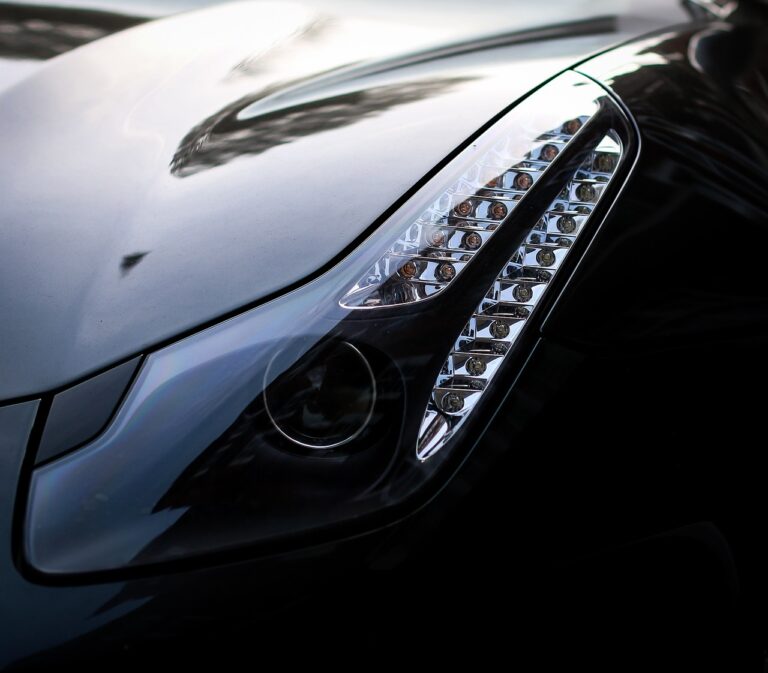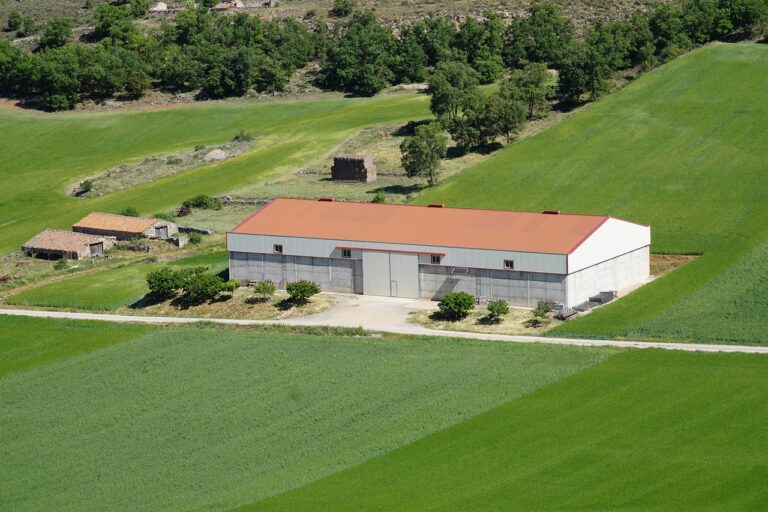The Impact of Autonomous Vehicles on Insurance Premiums
The widespread integration of autonomous vehicles on roadways has sparked important discussions within the insurance industry regarding risk assessment. With the shift from human drivers to automated systems, insurers are challenged to adapt their methodologies to effectively evaluate and mitigate potential risks associated with self-driving cars. Understanding the complex interplay between technology, human behavior, and regulatory frameworks is paramount in accurately assessing the evolving landscape of risk in this new era of transportation.
As autonomous vehicles continue to advance in sophistication and adoption, traditional risk factors such as driver error and behavior are being redefined. Insurers must consider a broader spectrum of variables, including software malfunctions, cyber threats, and infrastructure dependencies, in their risk assessment frameworks. The dynamic nature of autonomous vehicle technology necessitates a multifaceted approach to risk evaluation that reflects the intricacies of this innovative mode of transportation.
Changes in Liability Distribution
As autonomous vehicles become more prevalent on the roads, the landscape of liability distribution is undergoing significant shifts. Traditionally, in accidents involving human drivers, liability fell on the individual operating the vehicle at the time of the incident. However, with the introduction of self-driving cars, the responsibility for accidents is transitioning from human drivers to a combination of manufacturers, software developers, and even infrastructure providers.
This change in liability distribution raises complex legal questions, as determining fault in accidents involving autonomous vehicles can be challenging. Factors such as software malfunctions, sensor errors, and even cyber-attacks can all play a role in accidents, complicating the traditional notion of driver responsibility. As a result, stakeholders in the autonomous vehicle industry are grappling with how to assign liability in a way that is fair and transparent, while also ensuring that victims of accidents involving self-driving cars receive proper compensation.
• One of the key shifts in liability distribution is from individual human drivers to manufacturers, software developers, and infrastructure providers.
• Determining fault in accidents involving autonomous vehicles can be challenging due to factors such as software malfunctions, sensor errors, and cyber-attacks.
• Stakeholders in the autonomous vehicle industry are working to assign liability in a fair and transparent manner while ensuring victims receive proper compensation.
Impact on Personal Injury Coverage
Personal injury coverage is a critical aspect of insurance policies, designed to protect individuals in the event of bodily harm or injury resulting from various accidents. With the emergence of autonomous vehicles, the landscape of personal injury coverage is undergoing significant changes. This shift is driven by the evolving nature of accidents involving self-driving cars and the complex scenarios they present for insurance claims.
In the realm of personal injury coverage, the focus is shifting towards determining liability in accidents involving autonomous vehicles. Traditional notions of driver responsibility are being challenged as the role of human drivers diminishes in automated driving systems. Insurers are navigating new territory in evaluating the liability of manufacturers, software developers, and other parties involved in the design and operation of self-driving vehicles.
How will autonomous vehicles affect risk assessment in personal injury coverage?
Autonomous vehicles will change the way risk is assessed in personal injury coverage as the focus will shift from driver behavior to the technology and algorithms used in the vehicles.
Will the distribution of liability change with the introduction of autonomous vehicles?
Yes, the distribution of liability will likely change with autonomous vehicles, with more responsibility falling on manufacturers, software developers, and technology companies rather than individual drivers.
How will personal injury coverage be impacted by the adoption of autonomous vehicles?
Personal injury coverage will need to adapt to the changing landscape of autonomous vehicles, with policies being adjusted to account for new risks and liabilities associated with this technology.







